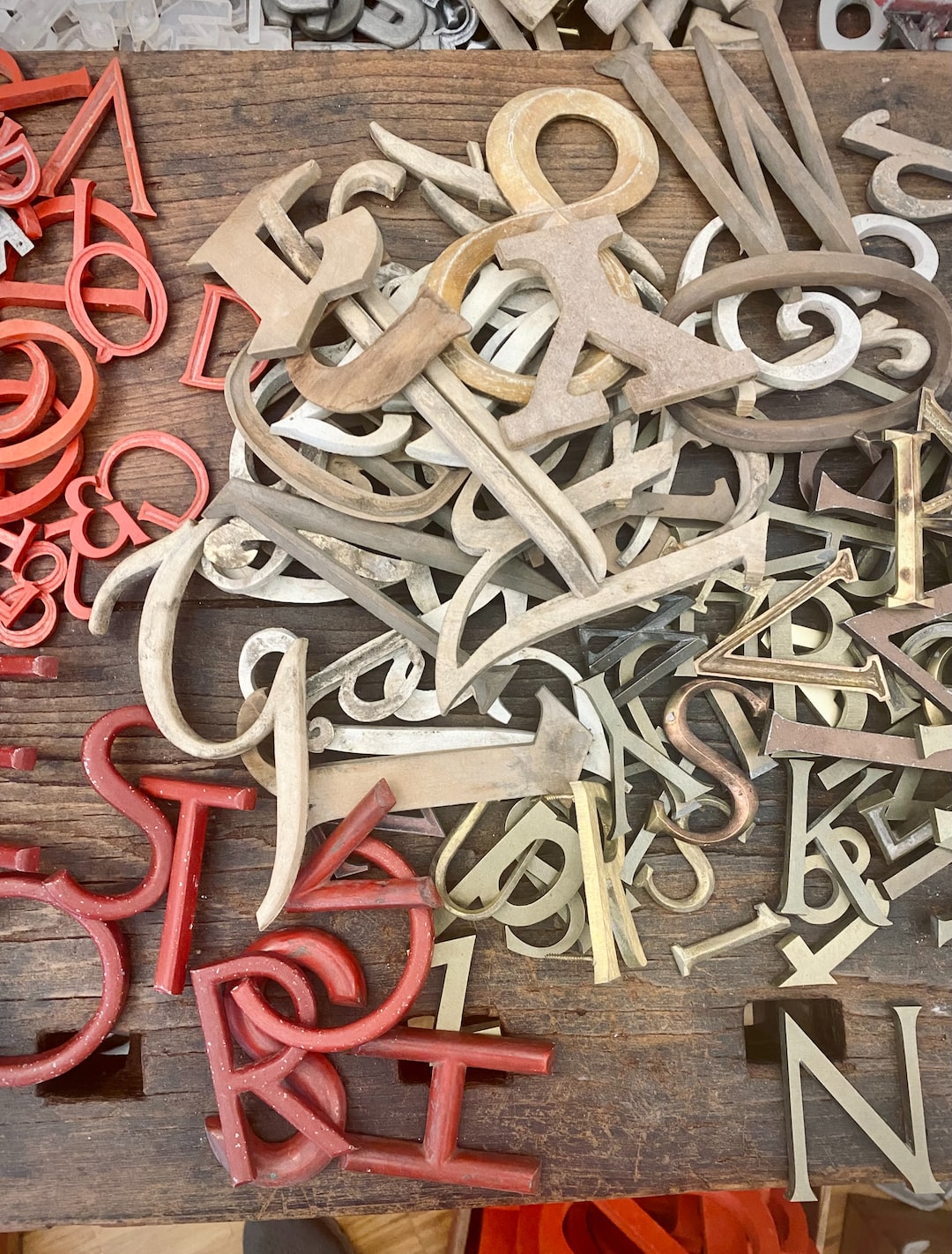Quilting is an ancient art that has been practiced for centuries. It has played a significant role in cultural heritage, and the importance of the art of quilting cannot be overstated. Quilting is a form of sewing that involves combining multiple layers of fabric to create a single piece of fabric. The layers are joined by stitching or tying knots. The art of quilting is not just about the final product, but about the process and the history behind it. Quilting is a means of expressing oneself creatively while preserving one’s cultural heritage.
Quilting is an art that has been passed down from generation to generation. In many cultures, quilting is an important part of their history and traditions. For example, in some Native American communities, quilting is seen as a sacred art form that is used to tell stories and pass down history from one generation to the next. Quilts were often used as a form of communication during times of war or to celebrate a significant event. The Seminole Indians are known for their intricate patchwork and applique designs that are still being created today.
Quilts have also been used as a form of resistance and activism. During the Civil Rights Movement, many African-American women used quilting as a way to make a political statement. The women created quilts that incorporated images of African-American leaders and symbols of their struggle for civil rights. These quilts were not only a form of artistic expression but also a way to educate and empower the community.
Quilting has also played a significant role in the history of colonial America. In the 18th and 19th centuries, quilting was an essential part of everyday life. Quilts were used to keep warm during the winter months and were often made from scraps of fabric from other clothing or household items. Quilting bees were also a popular social activity, bringing women together to work on a quilt while sharing stories and gossip.
The art of quilting has evolved over time, and new techniques and styles have emerged. Today, quilters continue to create beautiful and intricate designs that reflect their cultural heritage and personal style. Quilting has also become a popular hobby, with many people taking up quilting as a way to relax and create something beautiful.
In conclusion, the art of quilting is an essential part of cultural heritage. It has been used to tell stories, pass down history, and express social and political messages. Quilting has played a significant role in the lives of many cultures throughout history and continues to be an important art form today. Quilts are not just pieces of fabric, they are works of art that reflect the creativity and history of their makers. The importance of the art of quilting cannot be overstated, and it is essential that we continue to preserve and celebrate this art form for generations to come.
